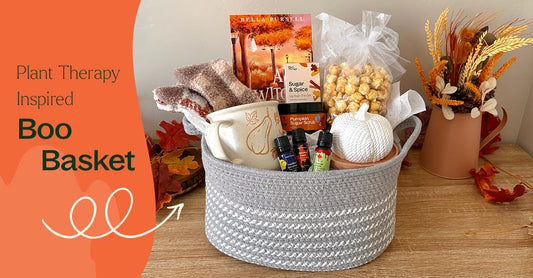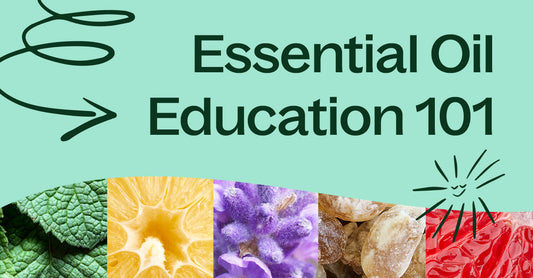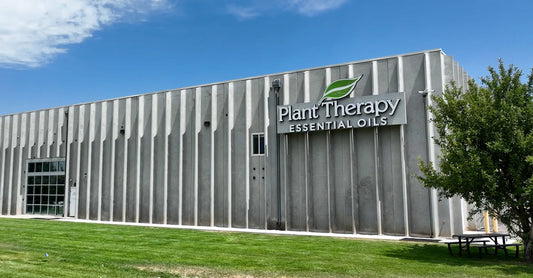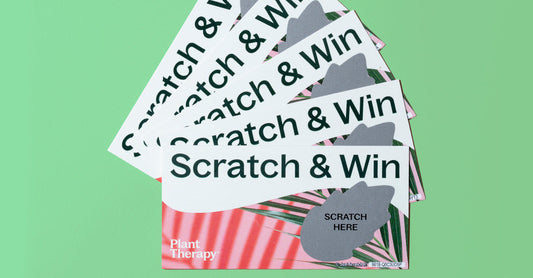Update: It’s Pollen Season Part II and It’s Pollen Season Part III
It’s that time of year again – pollen season! Allergic rhinitis (also known as seasonal allergies or hay fever) is a common condition affecting an estimated 40 to 60 million Americans. Some people suffer symptoms for only part of the year, while others are affected year-round. We know how miserable it can make us! Itchy, watery eyes, runny nose, fits of sneezing, and nasal congestion so bad that we can’t sleep…
But why does it happen in the first place?
In a healthy person, the immune system controls how the body fights illness. We can think of the immune system as the body’s own army. When we’re sick, our immune system makes and sends out substances that attack and destroy invading bacterial, viral, or fungal infections. Allergies develop when the immune system mistakenly identifies something that is normally harmless as an enemy invader. These “invaders” can be pollen, bees, foods, medicines, latex, or other substances.
 Most of us have heard the word “antibodies” before, but what are they, exactly?
Most of us have heard the word “antibodies” before, but what are they, exactly?
Antibodies are protein-based structures the immune system produces in response to first-time exposure to a substance (for instance, pollen). Pollen isn’t normally harmful to the body, but let’s say in this case that the immune system mistakenly decides it’s unwanted. The body quietly begins to produce “soldiers” (called Immunoglobulin E or IgE antibodies) to fight the pollen. On subsequent exposure to pollen, IgE goes on alert and sounds the battle cry. IgE antibodies flood the bloodstream to find the invader and alert special tissue cells, called mast cells, to help in the fight.
So what actually happens when pollen meets an immune system primed and ready for it?
Pollen grains enter the nose and start settling in the mucus lining. Pollen IgE, which was formed after the first exposure to pollen, can recognize this and calls in mast cells. The two combine to release histamine and other chemicals. The nose starts running like a faucet in an attempt to remove the pollen, along with fits of sneezing and itchy, watery eyes. Even though the body has mistakenly chosen to fight a harmless substance, it’s working perfectly in its attempt to fight off the “invader.”
Here’s an interesting graphic describing the allergic process:

Next time we’ll discuss common allergic triggers and ways we can treat our home environment to help minimize symptoms.
(For more information on seasonal pollen threats, check out another Plant Therapy blog post.)
References:
American Academy of Allergy Asthma and Immunology: “Allergies: Symptoms, Diagnosis, Treatment & Management” (website homepage)
Mayo Clinic: “Diseases and Conditions: Allergies” (website)
Peter J. Delves, PhD. “Allergic Rhinitis”, Merck Manuals Online










